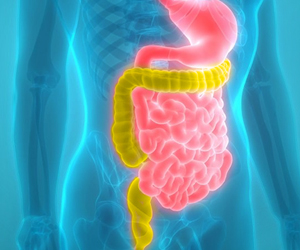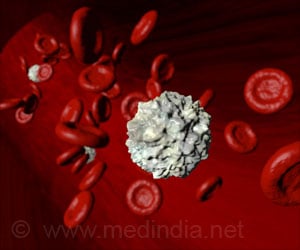Though not directly, compounds in broccoli along with mitonafide have shown to reduce the DNA damage caused by melanoma.
Highlights
- Melanoma causes more than 75% of skin cancer deaths and the Akt1 pathway and human topoisomerase II£\ -- topo II£\ -- activity contribute to melanoma tumor growth.
- A //compound napthalamide-isoselenocyanate, NISC-6 - was designed to inhibit melanoma tumor growth.
- The compound caused human melanoma cells to die and inhibited tumor growth by about 69 percent in a mouse model.
It was developed to inhibit both the Akt1 pathway and human topoisomerase II£\ -- topo II£\ -- activity, which contribute to melanoma tumor growth.
New Compound To Block Melanoma
The drugs given for melanoma includes dacarbazine and temozolomide, which have an unsatisfactory response rate. Vemurafenib, PLX-4032 works well initially, but the tumors develop resistance within 6 to 7 months.
The research team combined a few different approaches from their earlier work to develop the new compound, NISC-6. The compound caused human melanoma cells to die and inhibited tumor growth by about 69 percent in a mouse model.
Naturally occurring isothiocyanates from vegetables, such as broccoli and cauliflower, and are known for their cancer prevention properties and were used as part of the compound. "There are a lot of recommendations that, for example, broccoli can reduce your chances of getting cancer," said Sharma.
How Does It Work
While the researchers are still in the process of studying the actual mechanism behind how the drug works, the compound appears to target a process that guides cell division and growth, according to Deepkamal Karelia, a post-doctoral scholar in pharmacology, Penn State, who worked with Sharma.
"When a cell divides and grows, the DNA inside will become tangled much like the way a rope will if you take it and keep turning it in circles, it will get tangled. To untangle the rope you can either cut and join the rope or spend long time turning it in opposite direction to untangle it," said Karelia.
"The DNA has the same issue in our cells. To solve the problem, our bodies have a protein called topoisomerase, which cuts the DNA and joins it back to release the stress. What we show in this paper is this compound may be able to inhibit that activity of topo II £\ protein -- the DNA is unable to unwind itself."
Reduces Toxicity
The researchers added that the new compound was designed to reduce toxicity and to improve drug resistance by treating melanoma cells containing wild type BRAF as well as mutated BRAF. For example, vemurafenib is more effective in melanoma containing BRAFV600E mutation, than melanoma cells with wild type BRAF protein.
"We designed it for easy elimination from the body, so, consequently, toxicity should be reduced," said Sharma. "We also think, with this compound and this type of approach, if it goes further, we should be able to delay, or overcome resistance because it not only targets BRAF mutant melanoma cells, but also BRAF wild type melanoma cells."
Reference
- Dr. Arun Sharma et al., Compound shows promise in treating melanoma, European Journal of Medicinal Chemistry (2017).
Source-Medindia
















